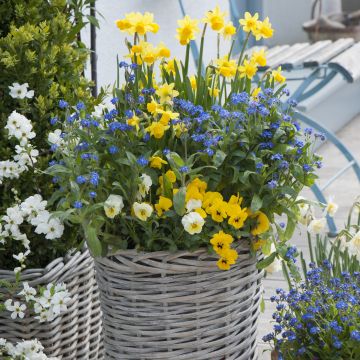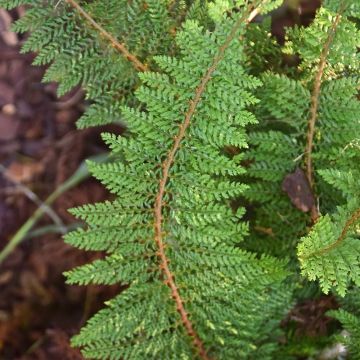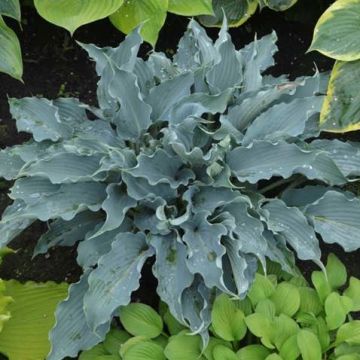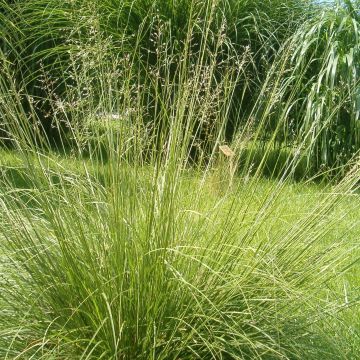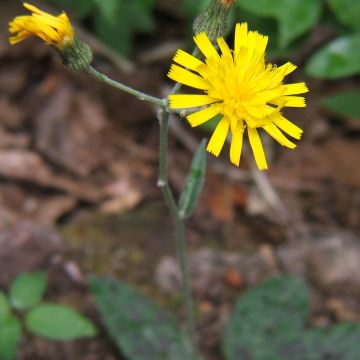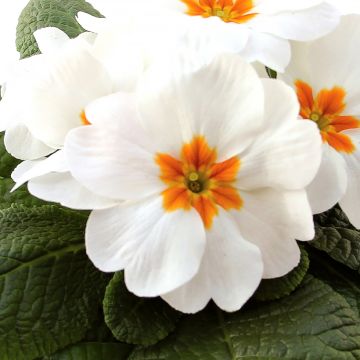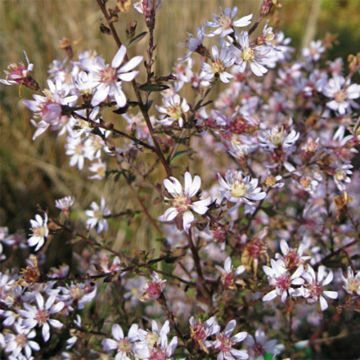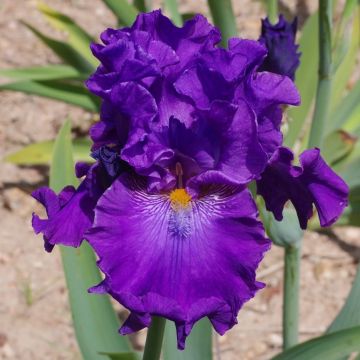Shipping country and language
Your country of residence may be:
Your country of residence is:
For a better user experience on our website, you can select:
Your shipping country:
Andorra
Austria
Belgium
Bulgaria
Canada
Chile
Croatia
Cyprus
Czechia
Denmark
Estonia
Finland
France
Germany
Greece
Hungary
Iceland
Ireland
Italy
Latvia
Lithuania
Luxembourg
Malta
Monaco
Netherlands
Poland
Portugal
Romania
Slovakia
Slovenia
Spain
Sweden
Switzerland
United Kingdom
We only deliver seed and bulb products to your country. If you add other products to your basket, they cannot be shipped.
Language:
French
German
Spanish
English
My Account
Hello
My wish lists
Plantfit
Log in / Register
Existing customer?
New customer?
Create an account to track your orders, access our customer service and, if you wish, make the most of our upcoming offers.
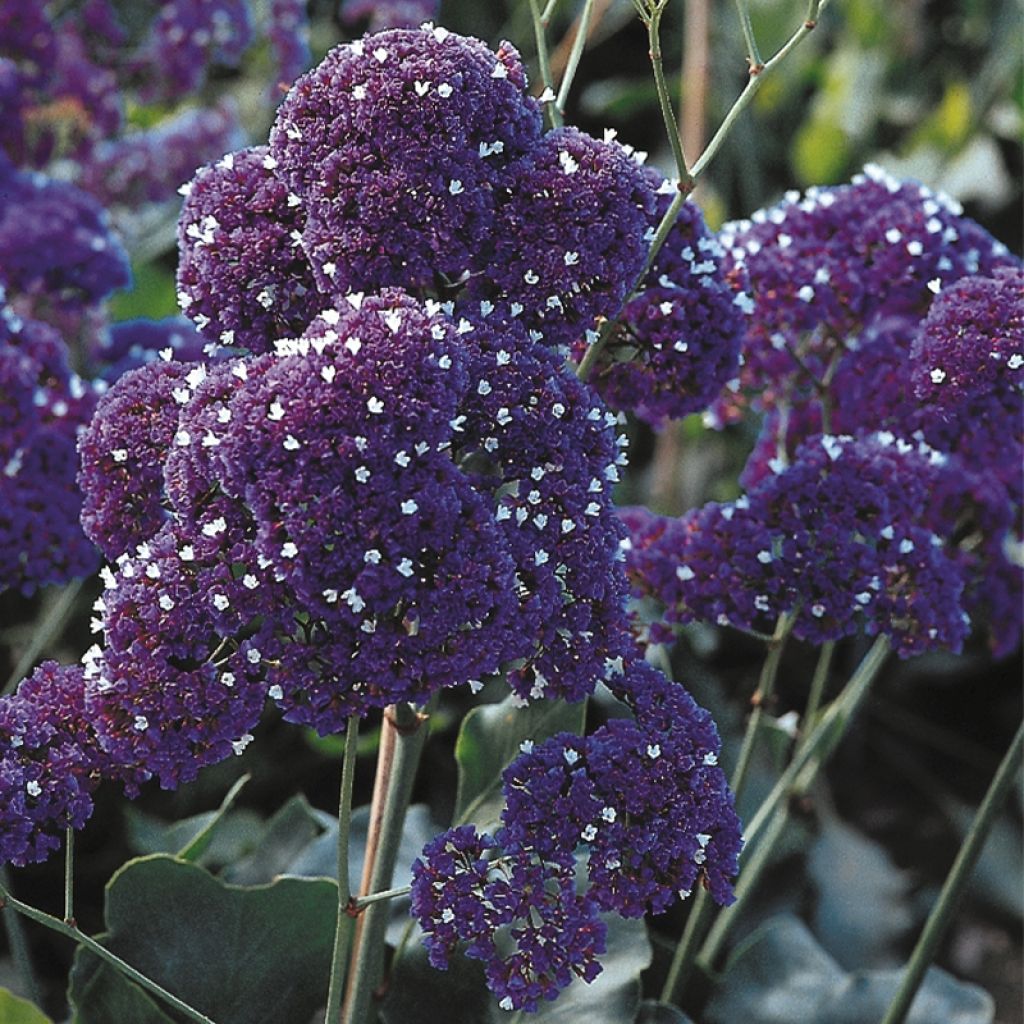

Limonium perezii - Statice des Canaries
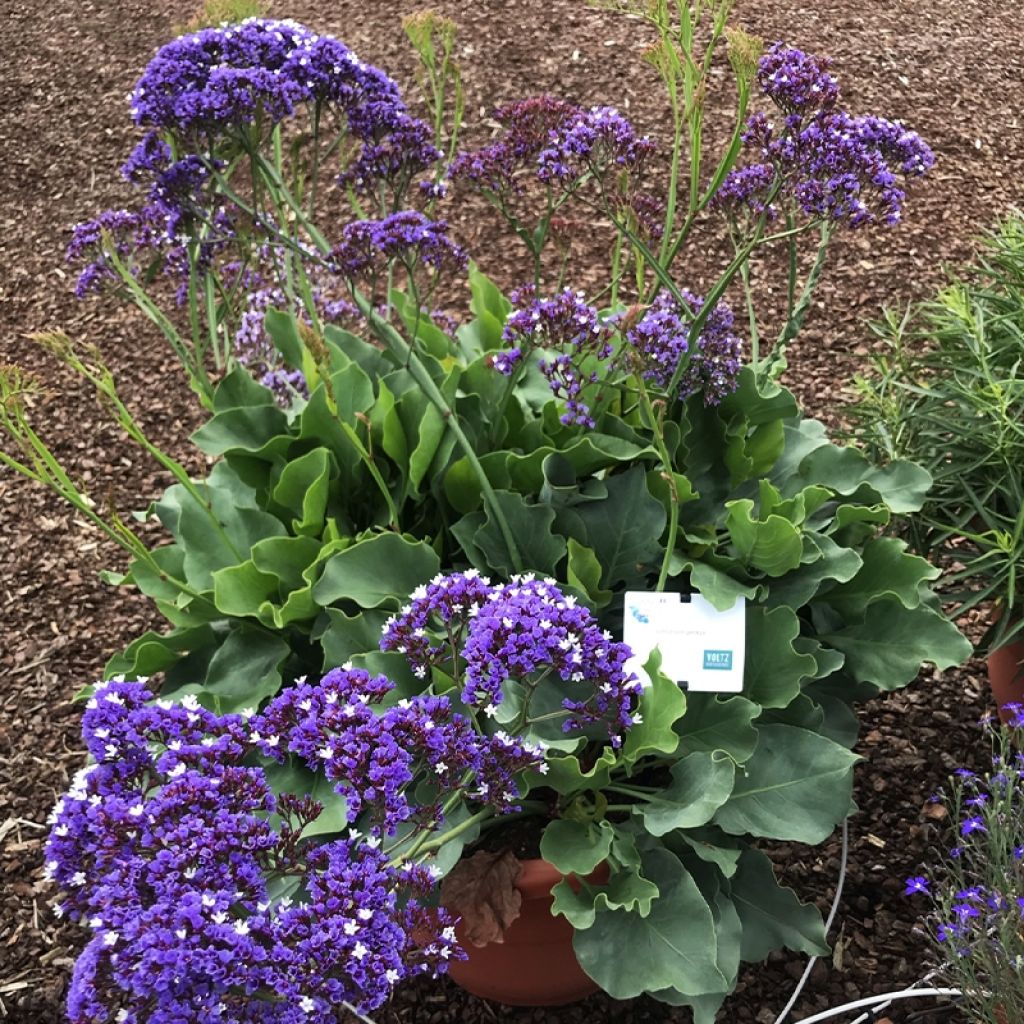

Limonium perezii - Statice des Canaries
Limonium perezzi
Limonium perezzi
Perez's Sea Lavender
Order in the next for dispatch today!
Dispatch by letter from €3.90.
Delivery charge from €5.90 Oversize package delivery charge from €6.90.
More information
This item is not available in your country.
Schedule delivery date,
and select date in basket
This plant carries a 12 months recovery warranty
More information
We guarantee the quality of our plants for a full growing cycle, and will replace at our expense any plant that fails to recover under normal climatic and planting conditions.
From €5.90 for pickup delivery and €6.90 for home delivery
Express home delivery from €8.90.
From €5.90 for pickup delivery and €6.90 for home delivery
Express home delivery from €8.90.
Does this plant fit my garden?
Set up your Plantfit profile →
Description
The Canary Statice, in Latin Limonium perezzi, is sometimes called sea lavender like other statices that bloom on coastlines. This one, native to the Canary Islands, is a semi-hardy species with an extended and spectacular summer flowering. Its inflorescences are large mauve to violet bouquets punctuated with white, highly visited by butterflies. It forms beautiful more or less evergreen rosettes composed of large thick undulate leaves. This perennial, highly appreciated for making dried bouquets, is very comfortable by the seaside. It also adapts to pot cultivation, allowing it to be sheltered in the veranda in autumn.
Perez's perennial statice belongs to the Plumbaginaceae family. Native to the Canary coasts, this species, widely cultivated for cut flowers, has escaped from gardens to naturalize under certain favorable climates such as California. It is a herbaceous perennial plant with a woody rhizome, which has a loose rosette habit of 50 cm (20in) in diameter. When in bloom, this statice reaches approximately 60 cm (24in) in height. Flowering usually begins in July, and it can continue until the end of October if its floral stems are regularly cut. It takes the form of tall branched stems carrying dense inflorescences of 40-45 cm (16-18in) wide, consisting of corymbs where tiny papery-textured flowers are tightly packed. Each flower has mauve to violet sepals surrounding white petals. The plant then transforms into an incredible blue-lavender bouquet. The foliage is more or less evergreen in winter. The leaves are rounded, thick, with undulate edges, carried by a long petiole. Their colour is a fairly dark, glossy green. The statice anchors itself on a rhizome, allowing it to store water and nutrients to survive when the soil is dry or very salty.
Like many statices, Limonium perezii prefers sandy, porous, dry, and well-drained soils and a very sunny exposure. Perfect in a coastal garden, it is a beautiful plant for dry and light soil that has its place in rock gardens, in perennial beds that it lightens, or in a flowering pot. This plant produces floral spikes that make admirable dried bouquets. It will accompany the summer blooms of Anthemis carpatica 'Karpatenschnee', sea thrifts, oreganos, and rosy veil gypsophila for example. It will enhance old roses, the somewhat heavy blooms of oriental poppies, or the candles of acanthus and hybrid mulleins. In a light bed, it can be paired with the 'Canon Went' toadflax, Centaurea pulcherrima, Knautia macedonica, or the majestic Geranium psilostemon.
Flowering
Foliage
Plant habit
Botanical data
Limonium
perezzi
Plumbaginaceae
Perez's Sea Lavender
Mediterranean
Other Perennials A to Z
Planting and care
The Limonium perezii is a plant that is not very resistant to cold, and perishes below -6 °C (21.2°F). It grows in any well-drained, sandy or gravelly soil, in full sun. Surface covering the soil with gravel facilitates the appearance of numerous spontaneous sowings and preserves the plant's collar from soil moisture. It does not have any particular requirement for soil pH and tolerates limestone quite well. In poor soil, this plant appreciates a light application of organic fertilizer when the floral shoots begin. This perennial statice does not appreciate transplantations very much, which should be done early in the spring. Picking the flowers encourages the plant to bloom again, with flower production spreading over 5 months. Outside of our mild climate regions, cultivate it in a pot, protecting it from frost by bringing it indoors into the veranda in autumn.
Planting period
Intended location
Care
This item has not been reviewed yet - be the first to leave a review about it.
Haven't found what you were looking for?
Hardiness is the lowest winter temperature a plant can endure without suffering serious damage or even dying. However, hardiness is affected by location (a sheltered area, such as a patio), protection (winter cover) and soil type (hardiness is improved by well-drained soil).

Photo Sharing Terms & Conditions
In order to encourage gardeners to interact and share their experiences, Promesse de fleurs offers various media enabling content to be uploaded onto its Site - in particular via the ‘Photo sharing’ module.
The User agrees to refrain from:
- Posting any content that is illegal, prejudicial, insulting, racist, inciteful to hatred, revisionist, contrary to public decency, that infringes on privacy or on the privacy rights of third parties, in particular the publicity rights of persons and goods, intellectual property rights, or the right to privacy.
- Submitting content on behalf of a third party;
- Impersonate the identity of a third party and/or publish any personal information about a third party;
In general, the User undertakes to refrain from any unethical behaviour.
All Content (in particular text, comments, files, images, photos, videos, creative works, etc.), which may be subject to property or intellectual property rights, image or other private rights, shall remain the property of the User, subject to the limited rights granted by the terms of the licence granted by Promesse de fleurs as stated below. Users are at liberty to publish or not to publish such Content on the Site, notably via the ‘Photo Sharing’ facility, and accept that this Content shall be made public and freely accessible, notably on the Internet.
Users further acknowledge, undertake to have ,and guarantee that they hold all necessary rights and permissions to publish such material on the Site, in particular with regard to the legislation in force pertaining to any privacy, property, intellectual property, image, or contractual rights, or rights of any other nature. By publishing such Content on the Site, Users acknowledge accepting full liability as publishers of the Content within the meaning of the law, and grant Promesse de fleurs, free of charge, an inclusive, worldwide licence for the said Content for the entire duration of its publication, including all reproduction, representation, up/downloading, displaying, performing, transmission, and storage rights.
Users also grant permission for their name to be linked to the Content and accept that this link may not always be made available.
By engaging in posting material, Users consent to their Content becoming automatically accessible on the Internet, in particular on other sites and/or blogs and/or web pages of the Promesse de fleurs site, including in particular social pages and the Promesse de fleurs catalogue.
Users may secure the removal of entrusted content free of charge by issuing a simple request via our contact form.
The flowering period indicated on our website applies to countries and regions located in USDA zone 8 (France, the United Kingdom, Ireland, the Netherlands, etc.)
It will vary according to where you live:
- In zones 9 to 10 (Italy, Spain, Greece, etc.), flowering will occur about 2 to 4 weeks earlier.
- In zones 6 to 7 (Germany, Poland, Slovenia, and lower mountainous regions), flowering will be delayed by 2 to 3 weeks.
- In zone 5 (Central Europe, Scandinavia), blooming will be delayed by 3 to 5 weeks.
In temperate climates, pruning of spring-flowering shrubs (forsythia, spireas, etc.) should be done just after flowering.
Pruning of summer-flowering shrubs (Indian Lilac, Perovskia, etc.) can be done in winter or spring.
In cold regions as well as with frost-sensitive plants, avoid pruning too early when severe frosts may still occur.
The planting period indicated on our website applies to countries and regions located in USDA zone 8 (France, United Kingdom, Ireland, Netherlands).
It will vary according to where you live:
- In Mediterranean zones (Marseille, Madrid, Milan, etc.), autumn and winter are the best planting periods.
- In continental zones (Strasbourg, Munich, Vienna, etc.), delay planting by 2 to 3 weeks in spring and bring it forward by 2 to 4 weeks in autumn.
- In mountainous regions (the Alps, Pyrenees, Carpathians, etc.), it is best to plant in late spring (May-June) or late summer (August-September).
The harvesting period indicated on our website applies to countries and regions in USDA zone 8 (France, England, Ireland, the Netherlands).
In colder areas (Scandinavia, Poland, Austria...) fruit and vegetable harvests are likely to be delayed by 3-4 weeks.
In warmer areas (Italy, Spain, Greece, etc.), harvesting will probably take place earlier, depending on weather conditions.
The sowing periods indicated on our website apply to countries and regions within USDA Zone 8 (France, UK, Ireland, Netherlands).
In colder areas (Scandinavia, Poland, Austria...), delay any outdoor sowing by 3-4 weeks, or sow under glass.
In warmer climes (Italy, Spain, Greece, etc.), bring outdoor sowing forward by a few weeks.

